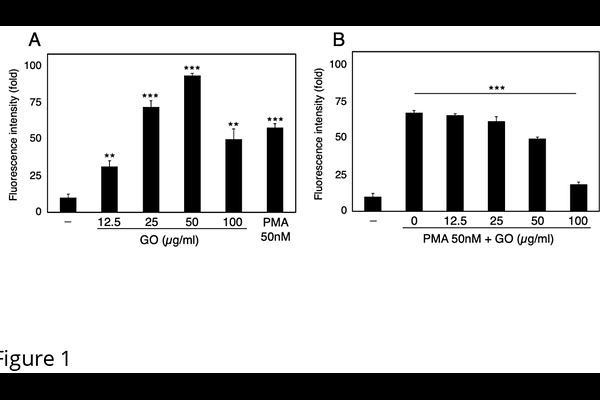Evaluation of graphene oxide-mediated NET formation using HL-60-derived neutrophil-like cells

Evaluation of graphene oxide-mediated NET formation using HL-60-derived neutrophil-like cells
Fukuhara, K.; Obama, T.; Ohinata, H.; Takaki, T.; Kato, M.; Totsuka, Y.; Itabe, H.; Ohno, A.
AbstractNeutrophil extracellular traps (NETs) are chromatin-based structures released by activated neutrophils in response to pathogens or chemical stimuli, contributing to host defense but also implicated in autoimmune disease and inflammation. As NET formation gains attention as an endpoint in in vitro immunotoxicity screening, the lack of reproducible and scalable systems hampers its broader application. Here, we developed an in vitro assay using HL-60-derived neutrophil-like cells (dHL-60) differentiated with all-trans retinoic acid to evaluate NET-inducing activity in a standardized, non-animal model. Graphene oxide (GO), a model nanomaterial known to trigger NETs in primary neutrophils, induced concentration-dependent NET formation in dHL-60 cells, with maximal induction at intermediate doses and attenuation at higher concentrations, likely due to particle aggregation. NET formation was validated by extracellular DNA staining and scanning electron microscopy. GO also induced superoxide-mediated ROS production, as confirmed by electron spin resonance, consistent with canonical NETosis pathways. Furthermore, GO suppressed PMA-induced NET formation, suggesting a dose- and context-dependent immunomodulatory effect. Collectively, our results demonstrate that dHL-60 cells recapitulate key features of NETosis observed in primary neutrophils and provide a practical, reproducible model for investigating immune responses to nanomaterials. This system supports the development of non-animal approaches for assessing immunological effects of chemical substances under controlled in vitro conditions.